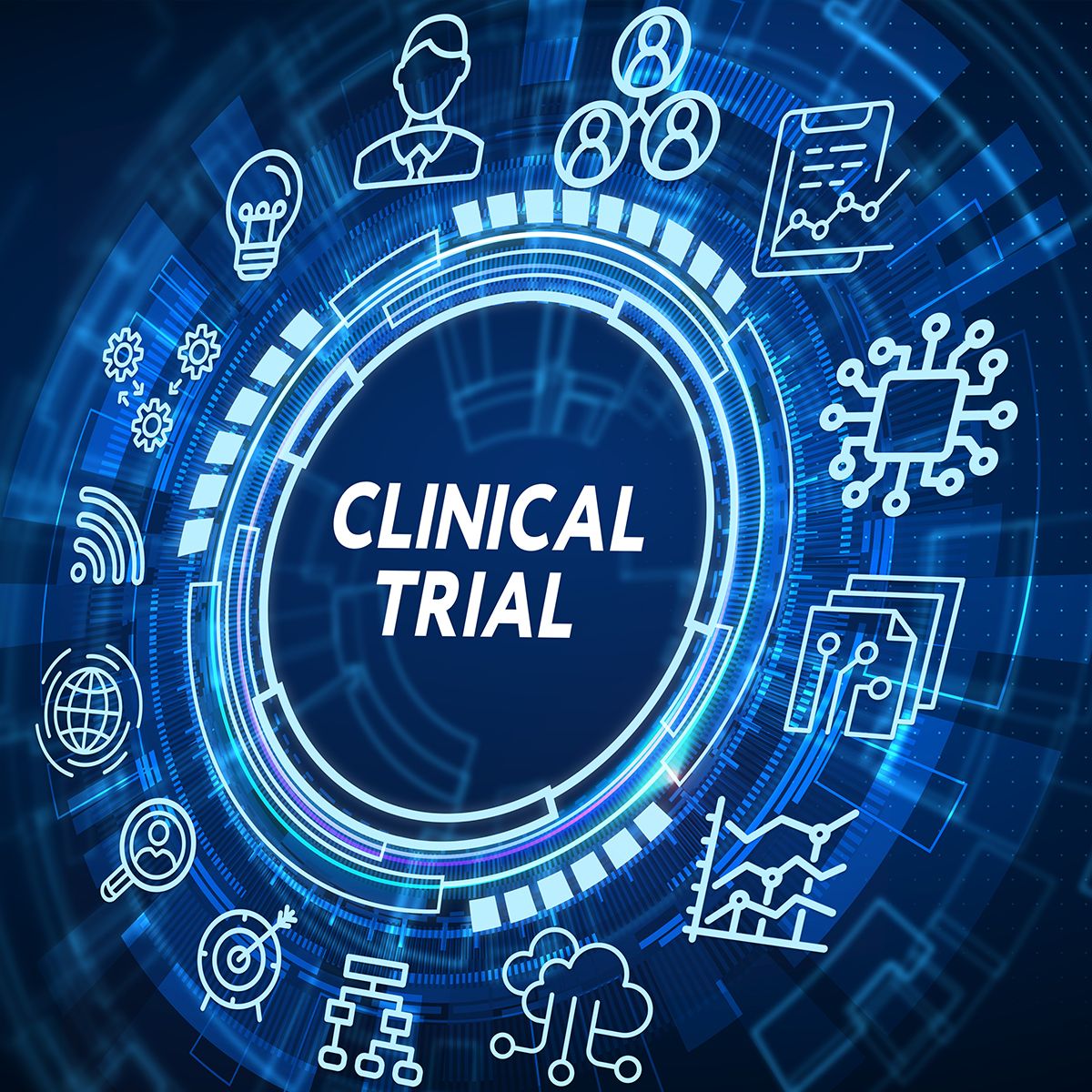Article
Potential New Treatment Option Shows Promise in Advanced Small Cell Lung Cancer When Combined with Single Agent Chemotherapy
Author(s):
Though there are currently few approved treatments for advanced, pre-treated small cell lung cancer (SCLC), this patient population may have a safe and effective new option in apatinib, according to updated data from a prospective phase 2 study.
Updated data from a prospective phase 2 study presented at the 2020 World Conference on Lung Cancer (WCLC) demonstrated that apatinib may be a safe and effective new treatment option for patients with advanced, pre-treated small cell lung cancer (SCLC).
SCLC is an aggressive malignancy that accounts for around 15% of all lung cancers, the authors noted in an abstract on their data. Given the unsatisfactory treatment options in the second line and above, and the fact that the disease has a median progression-free survival (PFS) rate – meaning the length of time that a patient lives with disease but does not get worse – of less than 3 months, researchers from the First Hospital of Jilin University in Changchun, China set out to evaluate the efficacy and safety of apatinib in combination with chemotherapy.
The prospective, single-center, single-arm clinical study – the initial results of which were presented at the 2019 WCLC – enrolled 31 patients from March 2018 through October 2019, 28 of which were available for response evaluation.
In addition to one of the chemotherapeutic agents, irinotecan or docetaxel, patients were initially administered a dose of apatinib 500 mg once per day. Due to the patients’ tolerance, the treatment plan was adjusted to a lower dose of 250 mg once per day, and if patients experienced adverse events (AEs) of grade 3 or 4 (considered serious or severe), the apatinib could be further reduced to 250 mg every other day.
The main goal of the study was to evaluate PFS. Other secondary goals included identifying overall survival (OS), disease control rate (DCR), objective response rate (ORR), and the number of AEs experienced.
In this updated analysis, the study authors noted an ORR and DCR of 25% (7 patients) and 100%, respectively. The median PFS was 7.43 months and OS was 12.5 months.
When the authors examined smaller subgroups of patients within the larger study, they found that patients with limited-stage disease had longer PFS compared to those with extensive-stage disease (9.17 months compared to 4.33 months). Additionally, no significant differences in efficacy were seen in the subgroups of patients who received different initial doses of 500 mg versus 250 mg, or younger (under 60 years) versus older (over 60 years) patients.
The most common treatment-related adverse events (AEs) were neutropenia (low white blood cell count), thrombocytopenia, hypertension, hand-foot syndrome (redness or swelling of the palms of the hands and/or soles of the feet), proteinuria (excess protein in the urine), diarrhea, abnormal liver function and mucositis. The authors also noted that the incidence of grade 3 to 4 adverse reactions was lower, and treatment was better tolerated when patients were administered an initial dose of apatinib 250 mg plus chemotherapy.
Overall, the authors concluded, when added to single agent chemotherapy, the tyrosine kinase inhibitor apatinib showed promising efficacy and was found to be well tolerated in patients with pretreated advanced SCLC, particularly at the dose of 250 mg per day.
For more news on cancer updates, research and education, don’t forget to subscribe to CURE®’s newsletters here.




